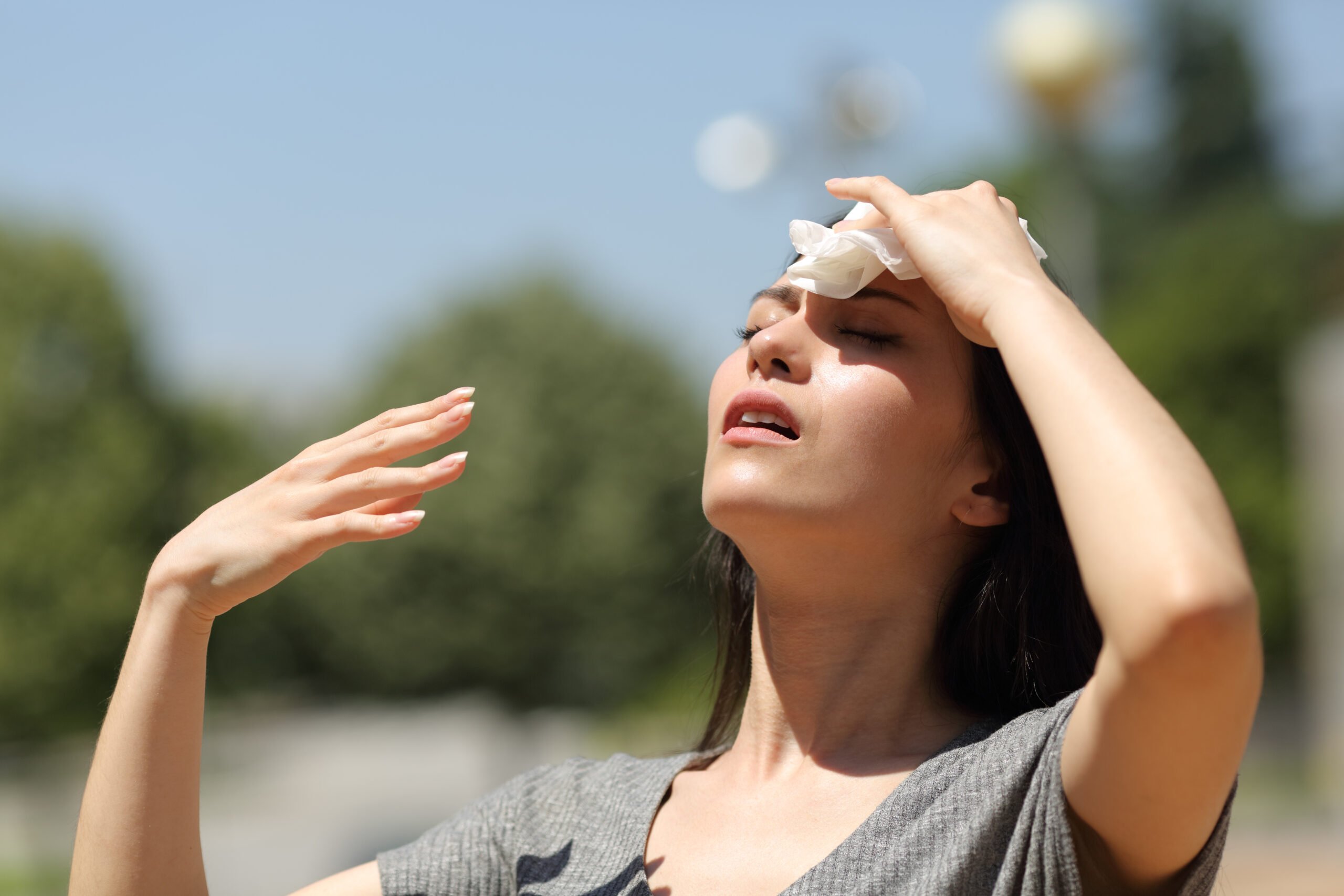What is Heat Stroke?
Heat stroke (also known as hyperthermia) is a life-threatening condition caused by the body overheating. Those experiencing heat stroke will have uncontrolled body temperatures greater than 40℃. Under normal circumstances, that body can maintain the optimal temperature (e.g. sweating, increased blood flow to the skin, etc.). However, these normal functions fail when experiencing heat illnesses such as heat stroke.
According to the Australian National University, 36000 Australians died from heat-related conditions between 2006-2017 [1]. Those who are elderly and/or have existing health problems (e.g. diabetes, kidney disease, etc.) have a higher risk of experiencing a heat-related illness.
While heat stroke can occur in any setting or circumstance, there are two types of heat stroke seen by doctors [2]. Exertional heat stroke is seen in individuals who have to perform in high-temperature settings and/or need to wear heat-insulating clothes (e.g. athletes, firefighters, etc.). Classic heat stroke occurs when an individual cannot leave a hot environment and finds it difficult to tolerate the heat (e.g. elderly, somebody with heart disease, etc.).
What is A Symptom of Heat Stroke?
Heat-related illnesses fall on a spectrum ranging from mild to severe. Symptoms of heart stroke are the most severe and require urgent medical attention. Heat exhaustion is another overheating condition comparable to heat stroke.
Heat Exhaustion vs Heat Stroke Symptoms
Heat exhaustion begins when the body finds it difficult to control the body temperature during a prolonged period of heat. Symptoms include:
- Rapid breathing (also known as tachypnoea)
- Weakness
- Nausea
- Vomiting
- Uncontrolled sweating
- Feeling faint
- Skin flushes
- Headaches
- Fatigue
 
Heat Stroke Symptoms
Heat stroke occurs when the body and the organs begin to shut down. Symptoms of heat stroke can overlap with heat exhaustion and also include:
- Affected mental and behavioural states (e.g. confusion, dizziness, agitation, slurred speech, etc.)
- Rapid pulse
- Dry, hot and red skin
- A rapid increase in body temperature
- Intense and sudden thirst
 
Heat Stroke Causes
Heat stroke is caused by the body’s inability to deal with increased body temperature. Circumstances that can cause a high body temperature include hot weather (i.e. heatwaves), working in hot environments (e.g. bushfires, farms, etc.) and overtraining. When this occurs, the body will respond to inflammatory reactions, which can affect your brain and lead to organ failure.
Other factors that can increase the risk of heat stroke and related conditions include:
- Living with other conditions (e.g. heart disease, diabetes, etc.)
- Living in a stuffy and non-air-conditioned environment
- Taking certain medications
- Being over the age of 75
- Being pregnant
- Exercising too hard
- Poor fitness
- Having poor mobility
- Being bed-bound
- Drug abuse
- Being dehydrated
- Being overweight and obese
- Wearing heat-insulating clothes
 
Tests and Diagnosis
If you suspect you are suffering from a heat-related illness, alert your GP immediately. They will let you know the best course of action. Heatstroke is a deadly condition requiring an urgent emergency department visit for further testing and treatment. Your doctor will consider several factors, including your medical history and symptoms, when making a diagnosis. Additional assessments, such as a temperature check, blood tests and urine analysis, may also be required to diagnose.
 
Heat Stroke Treatment
Heat stroke treatment must be sought immediately to prevent further damage and even death. If you have been diagnosed with heat stroke, your GP will refer you to the hospital to receive the necessary care. However, certain treatments may help control body temperature while waiting for the ambulance trip to the hospital [3].
Lowering Your Body Temperature
Ways to cool your body temperature include:
- Applying ice packs around the neck and armpits
- Finding a cool environment
- Taking off thick and heat-insulating clothing
- Immersing the body in cold water
- Having a cold drink (e.g. water, sports drink, etc.)
Prevention
Prevention is better than cure. Certain strategies to help prevent heat stroke include:
- Staying in well-air-conditioned environments during hot weather, such as shopping malls
- Having fans and air conditioner installed at home
- Keeping in contact with others or those who are living in social isolation
- Taking frequent cold showers
- Gradually acclimatising to your hot environment if you are training for an event
- Having adequate hygiene measures
- Having rest periods if you’re training in hot temperatures
- Avoid strenuous activity during the most humid and hottest part of the day
- Avoid leaving children or pets in hot and enclosed spaces (i.e. car)
 
Recovery
Recovery from heat stroke can vary. Those experiencing exertional heat stroke are more likely to recover fully than those with classic heat stroke (refer to the ‘What is Heat Stroke?’ section above for more information) [4]. Older people with other chronic conditions find heat stroke more challenging to manage.
Older individuals who have experienced classic heat stroke should aim to live healthier lifestyles to cope with hot environments. Those recovering from exertional heat stroke (e.g. workers, firefighters, etc.) should seek the guidance of a doctor before resuming normal activities.
Even after recovering from the initial bout of heat stroke, further complications can take up to 7 weeks to reverse [4].
Complications
Heat stroke can lead to brain and organ damage. These harmful effects can lead to further complications, such as:
- Seizures
- Acute respiratory distress syndrome (ARDS)
- Kidney injury
- Liver injury
- Hypoglycaemia (low blood sugar levels)
- Rhabdomyolysis (muscle breakdown)
 
To make a telehealth appointment booking, simply click on the button below.
 
 
 
 
References
- https://iceds.anu.edu.au/research/research-stories/we-know-heat-kills-accurately-measuring-these-deaths-will-help-us-assess
- Sankoff, J. (2015). Environmental: Heat illnesses: A hot topic in the setting of global climate change. Australian Family Physician, 44(1/2), 22-26.
- Longo, D. L. (2019). Yoram Epstein, Ph. D., and Ran Yanovich, Ph. D. N Engl J Med, 380, 2449-59.
- Morris, A., & Patel, G. (2022). Heat stroke. In StatPearls [Internet]. StatPearls Publishing.

